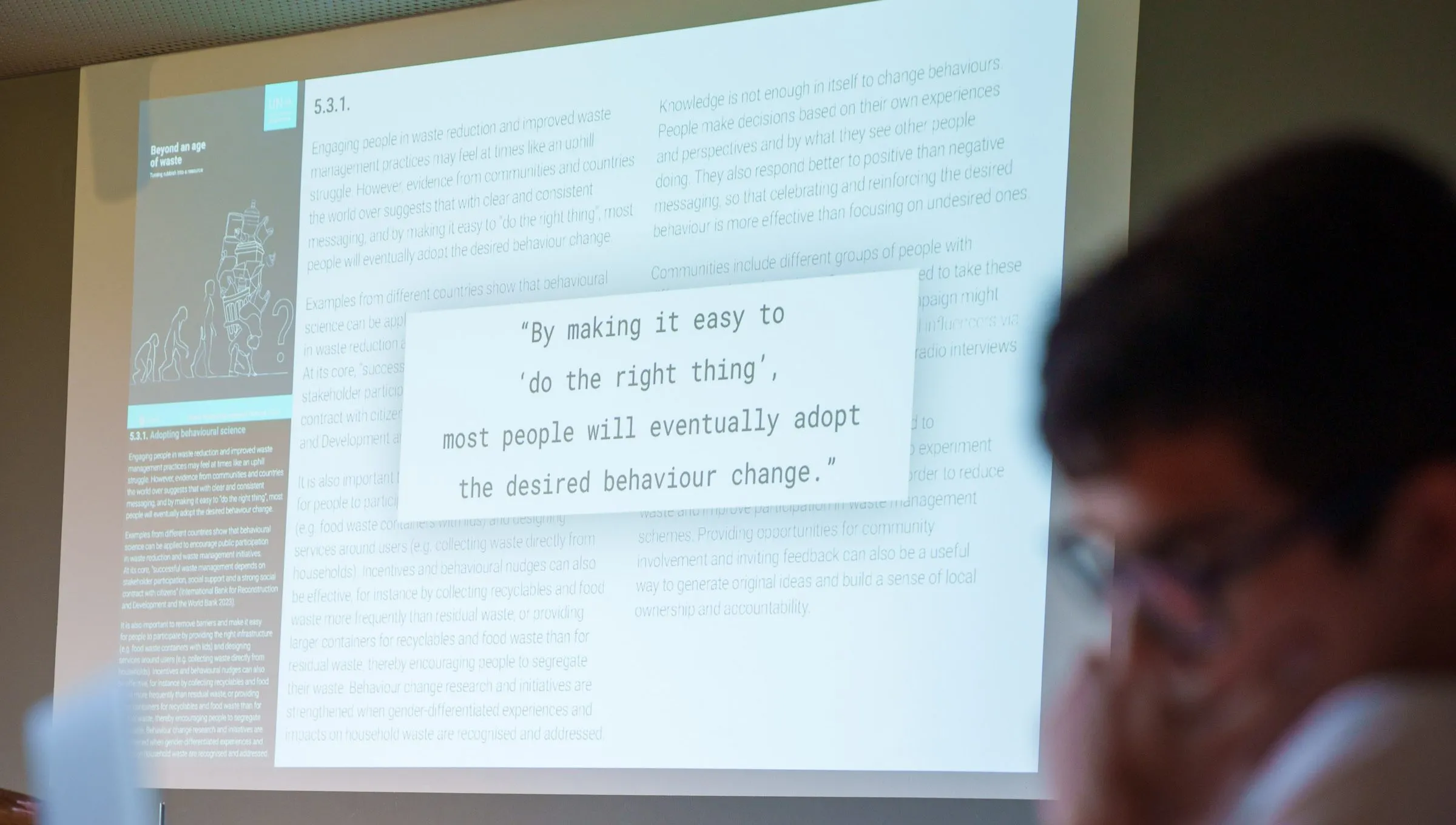Have you ever wondered how much food gets wasted every day? Have you ever imagined that technology could help solve the food waste problem?
It is from this simple yet deeply impactful question that the “Food Waste” project was born—an initiative led by the students of the MYP program, focused on developing an innovative solution to reduce food waste within the school canteen.
This initiative aligns perfectly with the broader vision of Eco-School, a certification earned by H-FARM International School as part of its commitment to sustainability and environmental awareness. Through Eco-School, the school has placed an emphasis on critical issues such as food waste, climate change, and the impact of plastic pollution, creating a foundation for projects like Food Waste to thrive.
The school, renowned for its cutting-edge educational approach, motivates students to explore their potential by tackling real-world challenges. Among these, the “Food Waste” project stands as a shining example, demonstrating how technology can be used creatively and responsibly to serve sustainability while reflecting the core values of Eco-School.
At the heart of the project is an AI-powered software prototype, designed to identify and accurately monitor the amount of food waste.
The goal?
To provide a practical tool that can assist the canteen in optimizing the management of food resources, thus reducing waste and promoting greater awareness of responsible consumption.
 WATCH THE VIDEO
WATCH THE VIDEO
The Project: A 360-Degree Approach
The project was divided into four main phases, each crucial to its success:
- The Technical Component: The core of the project involved developing the AI model. The coding team, using Python, analyzed and iterated over large amounts of data to create a system capable of accurately identifying various foods in images taken from the canteen.
- The Website: To make the product accessible to everyone, the students developed a portal that integrates the AI software and allows for intuitive use, directly connected to the camera for real-time analysis.

3. The Presentation: To highlight the impact of the project and illustrate how it works, one team focused on creating a clear and effective presentation.
4. Visual Documentation: Lastly, a group took care of producing multimedia content, gathering images and videos of the food and the different project phases to support communication.
Fotios Vaitsopoulos
“We focused on creating a strong and accurate model that could detect food in the images. We used Python and tested the data multiple times to achieve this goal. In the end, we successfully integrated it into our website, making it easy to use with the camera.”
Looking to the Future
The “Food Waste” project is just one of many initiatives stemming from H-FARM’s commitment to sustainability under the Eco-School framework but it is an inspiring example of how young generations can truly make a difference in creating a more sustainable future. Thanks to the commitment and creativity of our students, artificial intelligence is not just a technological tool, but a powerful ally in raising awareness and driving change.
With initiatives like this, H-FARM International School continues to offer unique opportunities for its students, preparing them not only to face future challenges but also to become leaders of the positive change the world needs to see.









 Back
Back
